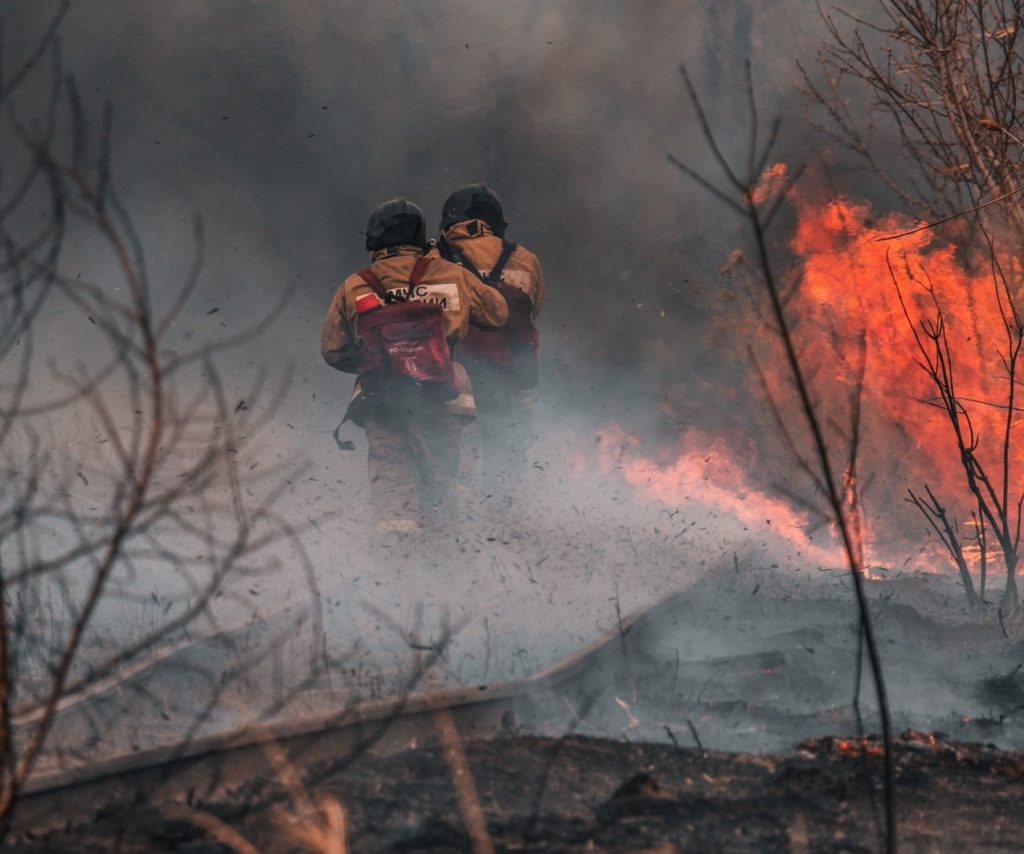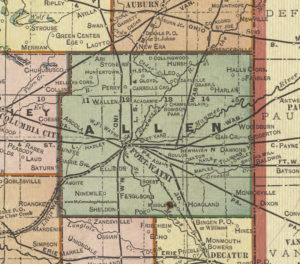
What is an Insurance Protection Class and How Does it Affect My Homeowners Insurance Price?
At some point you’ve probably sat down with your homeowners insurance policy, and on the front page of the insurance declarations you saw a small notation with a number next to it called ‘Protection Class.’ What is an insurance protection class? How does it affect my rate? What does a protection class mean?
What is an insurance protection class?
An insurance protection class is developed by ISO (Insurance Services Office) and ranges between 1 (best) and 10 (worst). Also known as a ‘Fire Protection Class,’ it is based on your distance to a water source, how quickly the nearest fire department can respond in the event of a fire, and what equipment they have. Class 1 is the best fire protection available, while Class 10 means that there is very little fire protection available.
Here are some of the things they’ve historically looked at:
- What kind of trucks do they have?
- How many trucks?
- How much water can the trucks hold?
- How much water can they pump per minute?
- How close is the house to a fire hydrant?
- How many firemen are employed?
- Are they employed or is it volunteer?
They have evaluated the layout of the land in the past and has scored each area accordingly. Depending on what area your home is located in, that will determine your score. Changes happen from time to time as towns and cities expand, but it’s been a stable concept.
How does an Insurance Protection Class affect my rate?
Prices generally increase as you move from Protection Class 1 to 10. Classes 9 and 10 tend to indicate that you are in the country, meaning it may take a little longer for the fire department to get there so your insurance rates may be higher as a result. In fact, there may be some insurance companies may shy away altogether from Classes 9 and 10.

That said…
Is this really the best way to be scoring things anymore? Hasn’t technology improved to a point where we can get faster response?
Some insurance companies are looking very closely at this. They are considering other factors to determine the real risk of a total loss and weighing them along with the Protection Class to determine the true risk. They understand that as technology, data and information improves, so does speed and precision.
These companies are using alternative means to calculate the risk level by evaluating the distance to the primary responding fire station and the quality of the water supply. One company our agency works with has come up with their own system by doing this. Instead of rating the location by classes 1-10, they have only three ratings that are to be applied to the property: Protected, Partially Protected, and Unprotected.
The idea is to be more accurate in calculating the likelihood of a severe fire loss. The Insurance Protection Class is still listed on the policy forms, but only as a ‘backup’ rating element for analysis and for situations where the new rating cannot be returned. Overall, since this company decided to switch to this method, it’s been more beneficial to those on the outskirts of a town or city, or just out far enough that under the PC class they may have been classed as a PC-9, but are now listed as ‘Partially Protected.’
Not every insurance company has made the decision to consider other factors into their rating systems yet regarding insurance protection classes, but it’s something to keep your eye on – especially if you live in the country and have no intention of every moving into the city. These things are always changing so it’s good to review your policy with your agent every year to see what the best situation is for you.
Course of Action: Check with your agent to see if your homeowners insurance carrier is using traditional Protection Class valuations to determine your home’s level of risk, or if they’ve started incorporating other factors into their protection ratings. Find out which is best for you. If you’re unsure or if you’d like to reevaluate entirely, click here for a quote with our agency.
